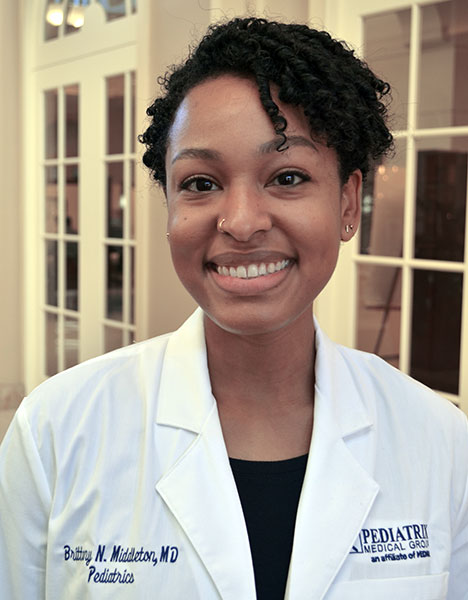What is MIS-C? What do we know about it?

MIS-C stands for Multisystem Inflammatory Syndrome in Children. It was previously called Pediatric Multisystem Inflammatory Syndrome (PMIS). This is a new and very rare condition affecting children who usually have evidence of a current or prior COVID-19 infection. The current theory is that the COVID-19 infection triggers an exaggerated immune system response that causes MIS-C. So it is unlikely the COVID-19 virus itself is creating the symptoms, but rather, the body’s response to that infection. Symptoms usually develop within approximately four weeks of a COVID-19 infection. It is not contagious. The symptoms of MIS-C overlap with those of Kawasaki disease and toxic shock syndrome, which is why you hear these diseases brought up in the conversation about MIS-C. Although MIS-C is not very common, some children become critically ill. Many of the children were previously healthy, so not much is known about the risk factors for developing MIS-C. The good news is that even though it is a serious condition, the vast majority of children who are diagnosed recover very well with prompt diagnosis and treatment.
What are the signs and symptoms of MIS-C?
The symptoms of MIS-C include fever of 100.4 F or higher for at least 24 hours and may include rash, red lips, tongue that looks like a strawberry, redness in both eyes, sore throat, swollen lymph nodes on the sides of the neck, swelling or redness of the hands and feet, abdominal pain, vomiting, diarrhea, confusion or excessive sleepiness. Respiratory symptoms are usually not present. After evaluation in the emergency room, laboratory tests may show general signs of inflammation and dysfunction in one or more of the body’s organs, such as the heart, lungs or kidneys.
How is MIS-C treated?
The treatment for Kawasaki disease has been promising in treating MIS-C. This includes intravenous immunoglobulin, which contains proteins called antibodies from various donors to help calm the body’s immune response. Steroids and/or aspirin are also a part of treatment for Kawasaki disease. Usually antibiotics will be started so that a serious bacterial infection isn’t missed while more definitive tests are in progress. If a child has low blood pressure, they will receive intravenous fluids initially, and if the blood pressure is still very low, they will be treated with medications to help raise the blood pressure to normal levels. There are additional medications that may be given to lower the exaggerated immune system response if the initial treatment does not help. Depending on the types of treatment required, the child will be hospitalized on the pediatric floor or admitted to a pediatric intensive care unit.I have tested positive for COVID-19.
What is the likelihood that my child will get COVID-19 and/or MIS-C?
The majority of children with COVID-19 have little to no symptoms and even fewer children who have COVID-19 infections develop MIS-C. The exact reason for this is not known. Research
is being done to better understand both COVID-19 and MIS-C in children. What you can do is try your best to prevent a COVID-19 infection in the first place by washing your hands properly for at least 20 seconds, socially distancing and wearing masks in public (children under 2 years old should not wear masks).
If I suspect my child has MIS-C, what should I do?
Call your pediatrician right away to discuss the symptoms your child is experiencing and/or take your child to the emergency room.
 English
English Espanol
Espanol 简体中文
简体中文 Tagalog
Tagalog հայերեն
հայերեն 한국인
한국인 Tiếng Việt
Tiếng Việt فارسی
فارسی русский
русский 日本
日本 عربي
عربي